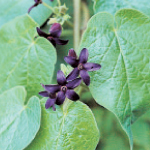
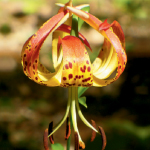
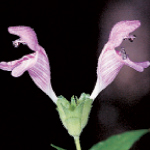
Carolina spinypod Matelea caroliniensis
Monarch caterpillars eat the toxic leaves of milkvines like this to make themselves distasteful to predators.
Carolina lily Lilium michauxii
Though occasionally found here, this hardy plant prefers pine-oak heaths and calcareous mountain outcrops.
Carolina birds-in-a-nest Macbridea caroliniana
This rare perennial’s genus name honors Dr. James MacBride, a 19th-century Berkeley County botanist.
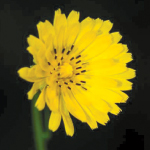
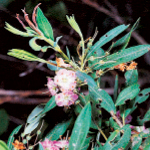
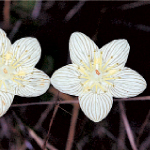
Carolina desert-chicory Pyrrhopappus carolinianus
This weedy member of the sunflower family, also called a false dandelion, populates pastures, lawns, and fields.
Carolina wicky Kalmia carolina
The anthers of this mini mountain laurel flower pop out when touched by insects, causing pollen to spray.
Carolina grass-of-Parnassus Parnassia caroliniana
These rare, veined beauties grow on elongated stalks up to 20 inches tall in the wet savannas of the coast.
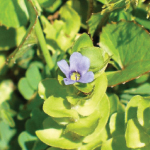
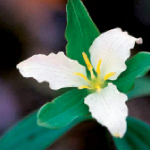
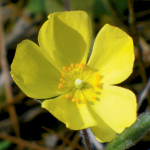
Carolina water-hyssop Bacopa caroliniana
The stems and leaves of this distinctive freshwater plant emit a strong, minty fragrance.
Carolina least trillium Trillium pusillum
The greatest population of this herb, a federal species of concern, can be found in Francis Beidler Forest.
Carolina frostweed Helianthemum carolinianum
Petals on this perennial (also called Carolina rockrose, though it doesn’t grow among rocks) last a day or less.